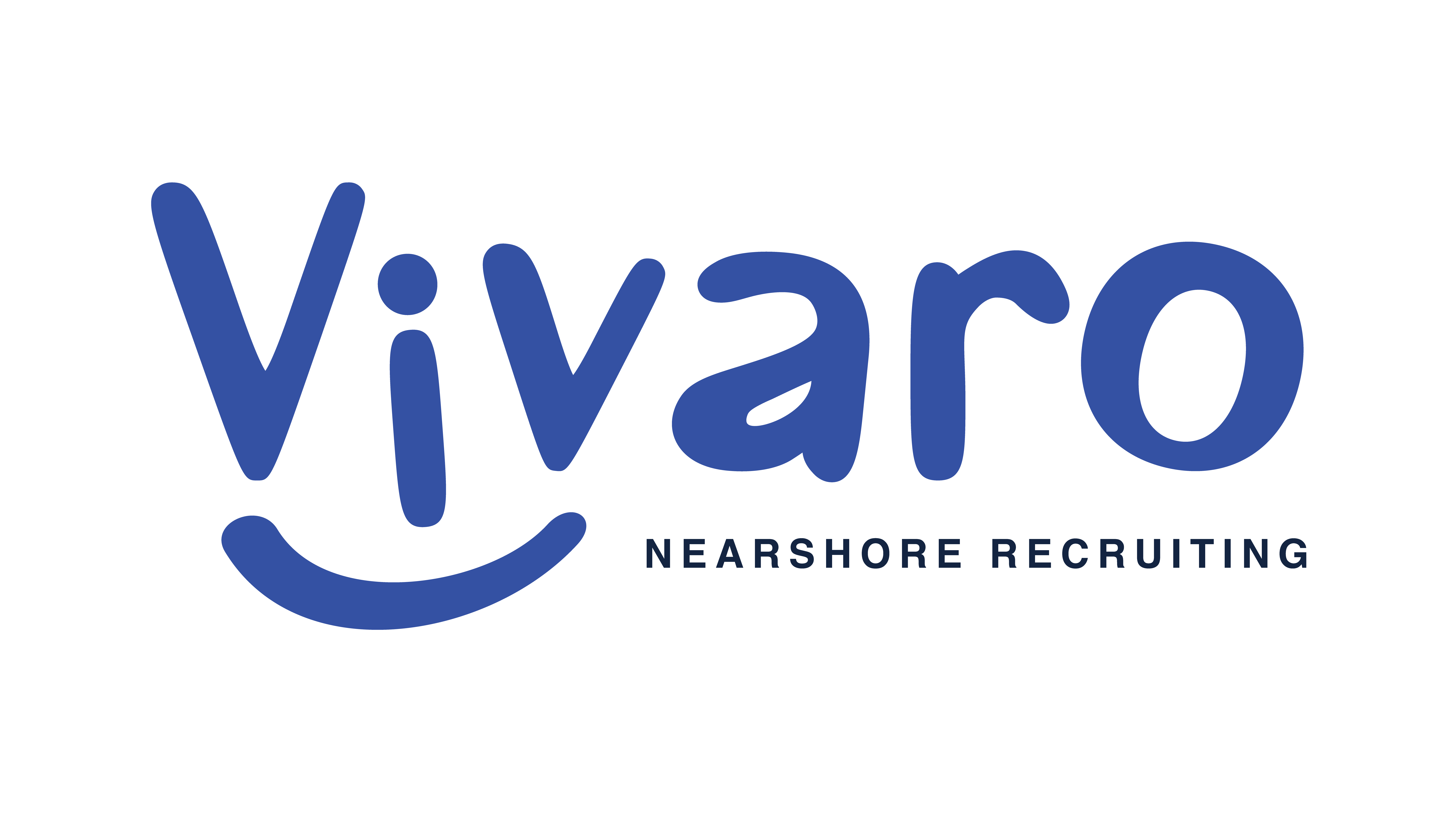Post Covid World of Employee Retention
The pandemic forcing organizations to migrate to fully remote models was soon followed by the “great resignation,” in which millions of workers, many of whom were millennials and Gen Z, quit their jobs. This situation has made it difficult for organizations to remain fully staffed. Here are three strategies for attracting and retaining workers.
1. Consider automation.
One of the key advantages of automation is that it enables employees to work at their own pace and on their own schedules. Employees today are not going to want to work for companies that require them to log hours during evenings and weekends. Unfortunately, a lot of companies still require uneven work schedules because of demand. As such, consider automating the time-consuming processes in your business. Organizations that do so could make themselves more attractive to job seekers and show that they respect their time.
2. Go remote.
Due to the COVID-19 pandemic, we know that remote work is possible. Leaders need to factor that into how they hire and manage teams. For starters, they have a much larger pool of potential new hires because geography isn’t a factor. Not only does this give organizations an opportunity to look at candidates who wouldn’t have been in their potential “pool” a few years ago, but it also gives them a much better shot at meeting their diversity, equity and inclusion goals.
But once remote teams are up and running, companies need to give them the right tools for the job. Productivity platforms can be implemented so work is as seamless as possible. If you are overwhelmed by the number of choices out there, poll your team members and find out what they want to use to get the job done. After all, they will be the ones using the new technologies, and their opinions matter.
3. Respect workers’ time.
Tech is supposed to make everything more efficient, but many organizations are still operating using older protocols and processes. In order to attract (and keep) employees, companies need to get out of their own way. They need to recognize that even their hardest working employees may begin prioritizing the work-life balance that businesses have talked about forever but haven’t actually gotten around to supporting.
It is important to create policies to discourage team members from assigning work or making requests outside of work hours. One of the most effective tools to do this is actually the simplest: encourage employees to use a “delay” setting on emails and task assignments so people aren’t receiving emails during their time off. Project management tools could also be useful for maintaining work-life balance because people can check their to-do lists during work hours, rather than getting bombarded by email requests 24/7.
There is no single magic formula that is going to give organizations the edge when it comes to hiring. There are simply too many variables at play, ranging from a soft economy to uncertainty over the future of remote work policies. But by implementing the right strategies, companies can give themselves a critical advantage in a tight job market.



